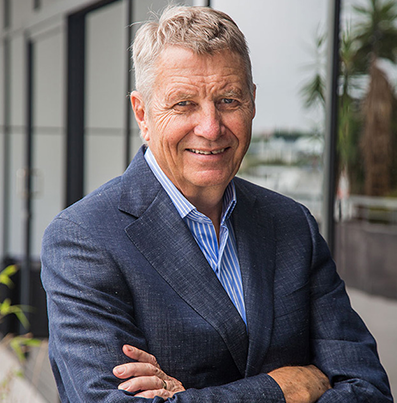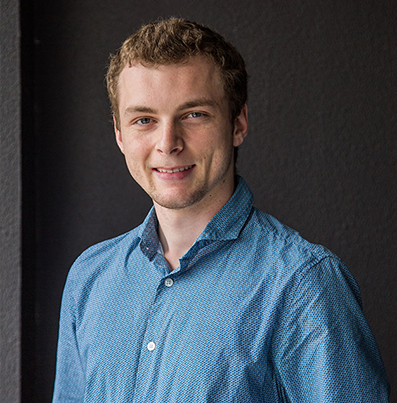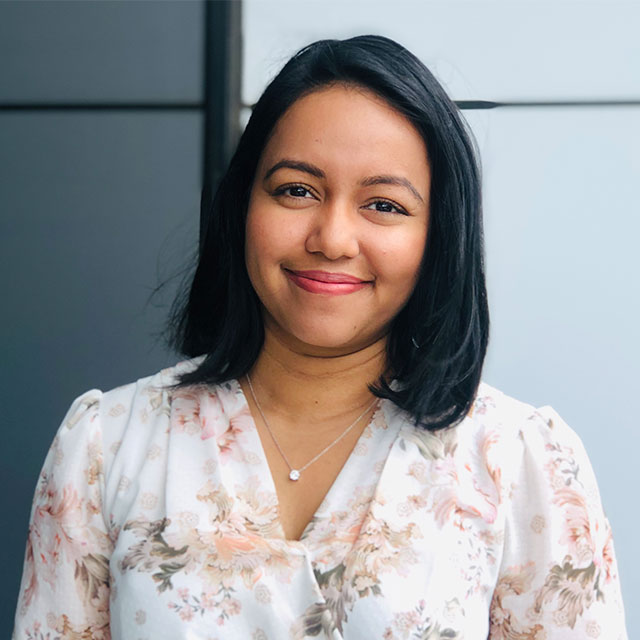
When you meet Peter Madsen, you can’t help but be impressed by his wealth of experience and knowledge of engineering built up over a career that celebrates a significant milestone in 2019, 30 years in business.
Formed in 1989 as M.O. and based in Brisbane, over 1300 completed projects have seen Madsen Giersing undertake major works across Australia, PNG, Malaysia, SE Asia and Africa for clients in the resources, energy, marine, transport and infrastructure sectors.
We caught up with Peter to find out a little bit more about the last 30 years of leading Madsen Giersing and his thoughts on engineering.
What was the first project Madsen Giersing was engaged to design?
Our first project was working on the Canning Bridge in Western Australia. Located at the narrowest part of the Canning River, the bridge carries traffic across a 100m+ span, and we were engaged in supporting the major bridge upgrade by engineering temporary works.
It was a fantastic project and set the foundations for what we do at Madsen Giersing, enabling us to start building a reputation for our engineering, our ability to design and implement complex works and to come up with solutions that extend the life of essential infrastructure.
Across your 1300 projects, what has been your favourite one to work on?
Dampier Bulk Liquids Berth in Western Australia. It is my favourite project for several reasons, firstly because I love the challenge of working in a marine environment.
Secondly, it was a very complex project. The facility consists of a 500m long approach that connects the shore to the loading platform with four berthing and four mooring dolphins, allowing for vessels of up to 65,000 DW to use the facility.
We were engaged to provide the detailed design and technical support services for the Design & Construct contract, and as a result, were heavily involved in every aspect of the project, including developing the construction methodology.
When we are at the heart of engineering solutions and bringing our expertise, we do our best work.
In your 30 years of operation, what changes have excited you the most?
Technology. We can do far more with technology now than we could do in the past. From aerial surveys with drones, through to designing everything in as many as 4D dimensions, we have more power and information at our fingertips than ever before. So much so that we can potentially drown in information, indeed on a recent project, we were inundated with so much data that it was time-consuming and challenging to sort the meaningful from the meaningless.
But, it is a double-edged sword, and part of me worries that we are using technology too much and that is taking away our ability to think laterally and to problem solve. We are all engineers because in our hearts we love solving problems. To be a good engineer, solving problems in the most effective and efficient way is what we strive to do and judgment has to prevail over analytics. I think it is essential that we remember that, and allowing technology to be used to support what we do, not to drive what we do.
What advice would you pass on to someone starting their career in engineering?
Never lose your interest in how things work, why they work, and how they can be improved. The curiosity that made you want to be an engineer is something that you should prize and allow to flourish whenever you can.
So stay up to date through professional development, take opportunities to learn, and play an active part in your industry.
What I always ask the young engineers when they do design analysis is that every time they make an assumption, keep an open mind and have the ability to see the problem from another angle and you may have to change your mind.
What is the biggest project Madsen Giersing has worked on?
The Lekir Bulk Terminal, a huge project for us in Malaysia. Located around 300km north of Kuala Lumpur the project was a new facility to supply 8 million tonnes of coal each year to the 2,100mw TNB Janamanjung power plant.
The project was significant in terms of scale and also in terms of designing innovative solutions. Engaged by Leighton Contractors to provide the detailed design and technical support for the project we were responsible for the 2,028m long approach trestle linking the wharf to the shore.
Consisting of three import conveyors, a single roadway and berthing for tugs, the trestle is a significant structure and one that we had to futureproof so that additional capacity could be added at a later date.
We also developed the design solution for the 540m long unloading wharf and mooring dolphin complete with two grab ship unloaders and associated conveyors.
The project was complex with lots of interconnected elements. And that takes a lot of planning, considerable attention to detail and a focus on efficiency so that construction could be undertaken rapidly and safely. During construction, a 12m span was completed each week.
To do this, we had to take a holistic view of the project and to immerse ourselves within the project team and put everything we could into our designs to ensure and support the delivery of the facility.
This meant trying to innovate where possible through the use of pre-cast elements to avoid falsework and formwork, with the additional benefit being faster to construct. At the same time, we were able to design a way to support the fender that avoided the need for berthing dolphins under the wharf structure.
Using pre-cast precast concrete panels linked into the wharf deck with circular hollow struts we were able to transfer the fender reaction back to the middle of the wharf, where the raker piles were located and able to support the load.
Can you give us an example of an industry myth?
That temporary works are temporary! If designed and engineered well, temporary works should be able to be used across multiple projects. Just because something is temporary on one site, doesn’t necessarily mean that it should be disposed of at the end of the project, particularly if you are a firm that specialises in a particular type of project.
When you design something and it’s cut up at the end of a project – heart-breaking.
What is ahead for Madsen Giersing in the next 30 years?
With a little luck and a lot of hard work, even more interesting projects to work on will be ahead.
For me, I will always be involved, but Lasse will be the driving force behind the organisation, and I’ve every confidence that he will take Madsen Giersing to a new level while upholding the standards we have built over the last 30 years.
I am proud of the fact that Madsen Giersing is a family business with four members of the family part of the company.




